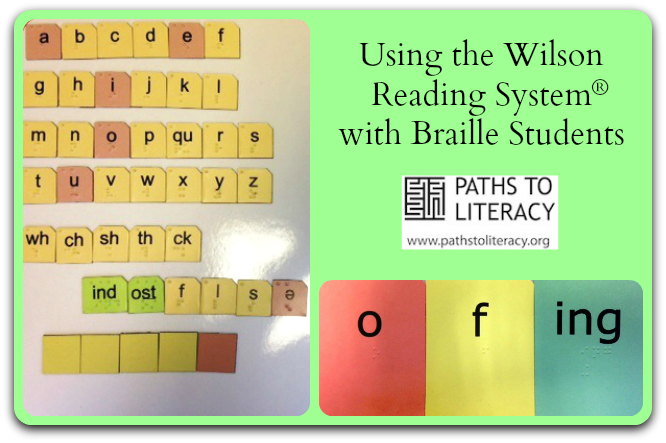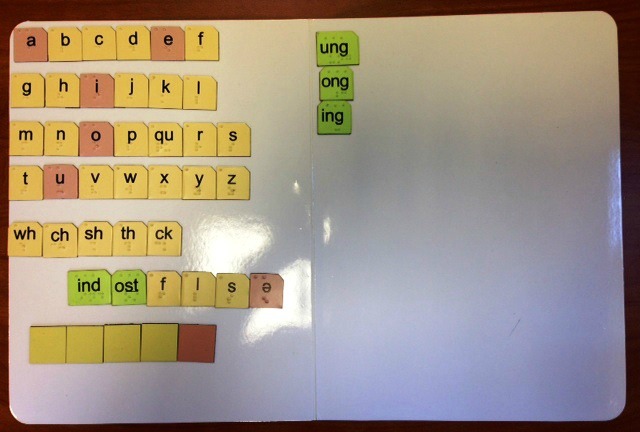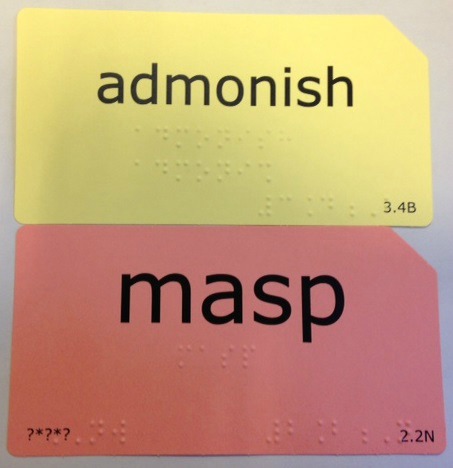Why We Love Using the Wilson Reading System® with Struggling Braille Readers
As teachers we have all experienced that working with struggling braille students can be challenging. Some of these students present with similar difficulties, such as remembering sounds or an inability to blend sounds. They may be unable to read even the most familiar, high-frequency word and it may take them an excessively long time to read a short word. While there is a range of abilities among these students, basically they are all unable to decode efficiently and many of them struggle with spelling.
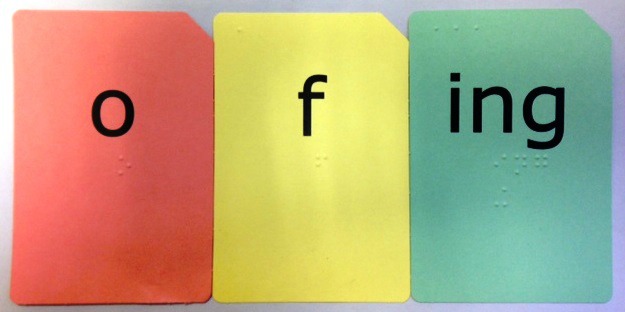 These problems are often in addition to traditional braille reading challenges, such as difficulties with tactile discrimination, spatial and positional concepts, and letter and contraction reversals. After trying different approaches to teaching reading, including both print and braille programs, we found the Wilson Reading System® (WRS) to be extremely effective for struggling readers. We have observed significant improvement in our students’ ability to read through this instructional approach, and many are highly motivated by their increased success.
These problems are often in addition to traditional braille reading challenges, such as difficulties with tactile discrimination, spatial and positional concepts, and letter and contraction reversals. After trying different approaches to teaching reading, including both print and braille programs, we found the Wilson Reading System® (WRS) to be extremely effective for struggling readers. We have observed significant improvement in our students’ ability to read through this instructional approach, and many are highly motivated by their increased success.
Reasons That We Love Using the Wilson Reading System® with Our Struggling Braille Readers
- WRS is not dependent on vision and uses a very limited number of pictures to teach concepts. When pictures are shown, we have found an easy way to modify this. (See our next blog entry for more information.)
- Braille contractions can be slowly introduced in the beginning, as there are not many in the early steps of the program. This allows the child to focus on decoding skills.
- The program starts with the very basic foundation skills of learning letters and their corresponding sounds, using key words to help children remember these sounds. We found that other instructional approaches started at a level higher than this. WRS addresses this gap in our students’ ability to decode.
-
WRS uses a multi-sensory finger-tapping approach to help children sequence and blend sounds into words.
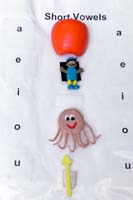
- The lesson plan is divided into 10 short parts with a repetitive and predictable sequence. This moves the lesson along quickly, which helps to keep children focused and engaged.
- The highly-structured lessons slowly introduce and explicitly teach each concept, while providing much repetition and practice.
- Concept review and repetition are emphasized throughout each lesson, with questioning techniques.
- Using WRS children finally experience success with reading. This slowly builds their confidence. The success they feel directly leads to further reading progress.
- Improved spelling is another benefit of this approach.
- One central goal of WRS is to improve reading fluency, which ultimately improves reading comprehension.
What Does the Research Say?
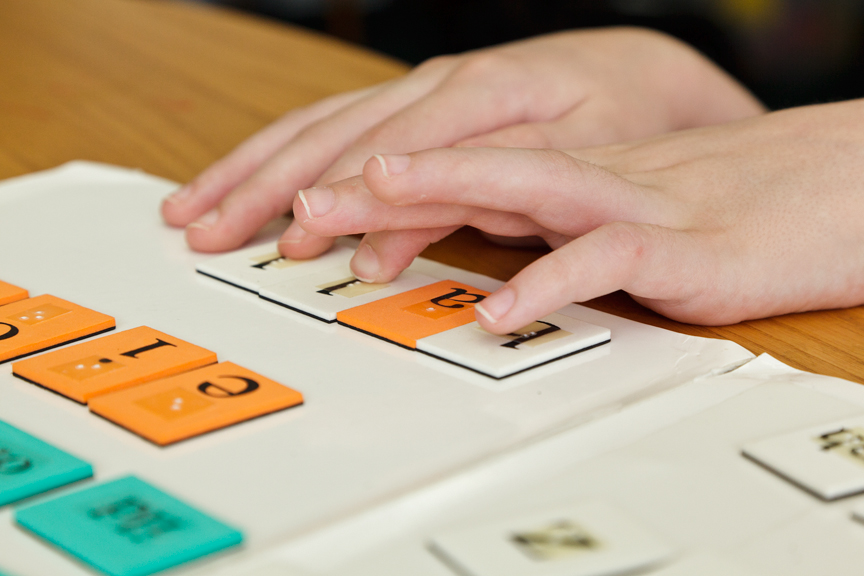 From Jane Erin:
From Jane Erin:
Where Can I Get More Information on the Wilson Reading System®?
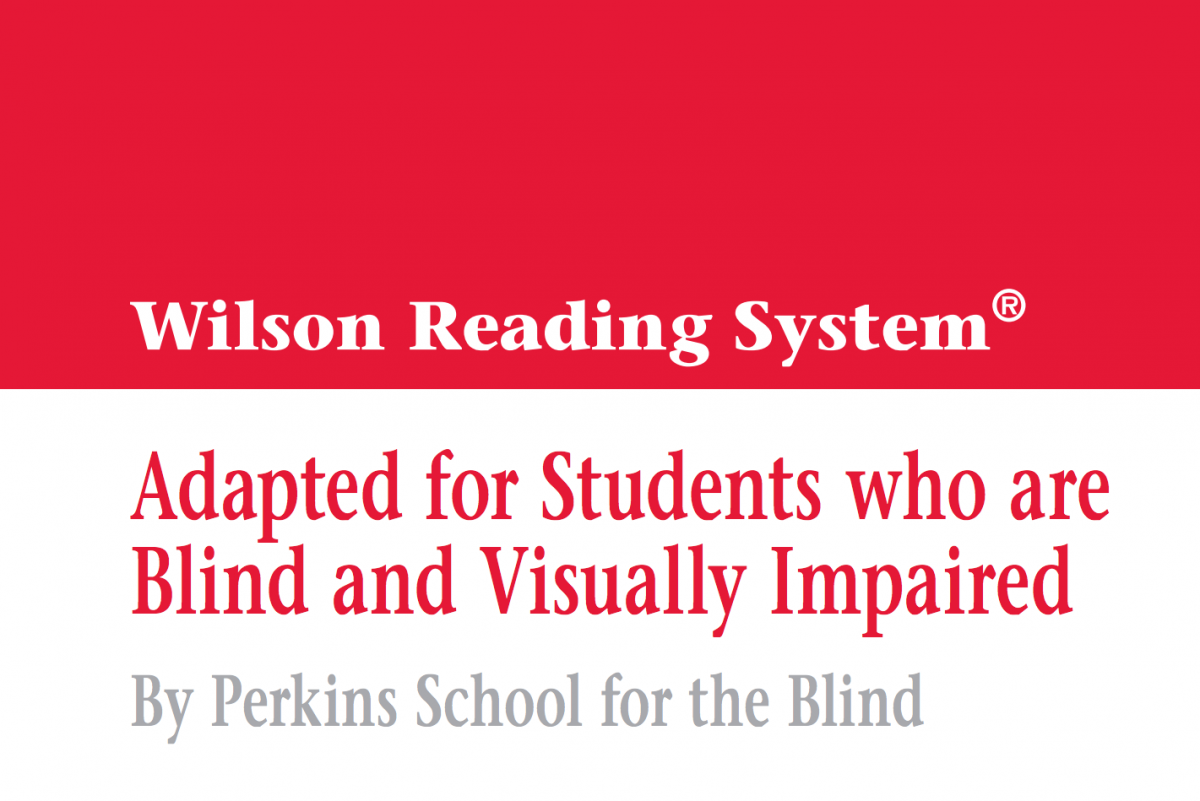 For more information about the system, see Wilson Reading System Brochure.
For more information about the system, see Wilson Reading System Brochure. 